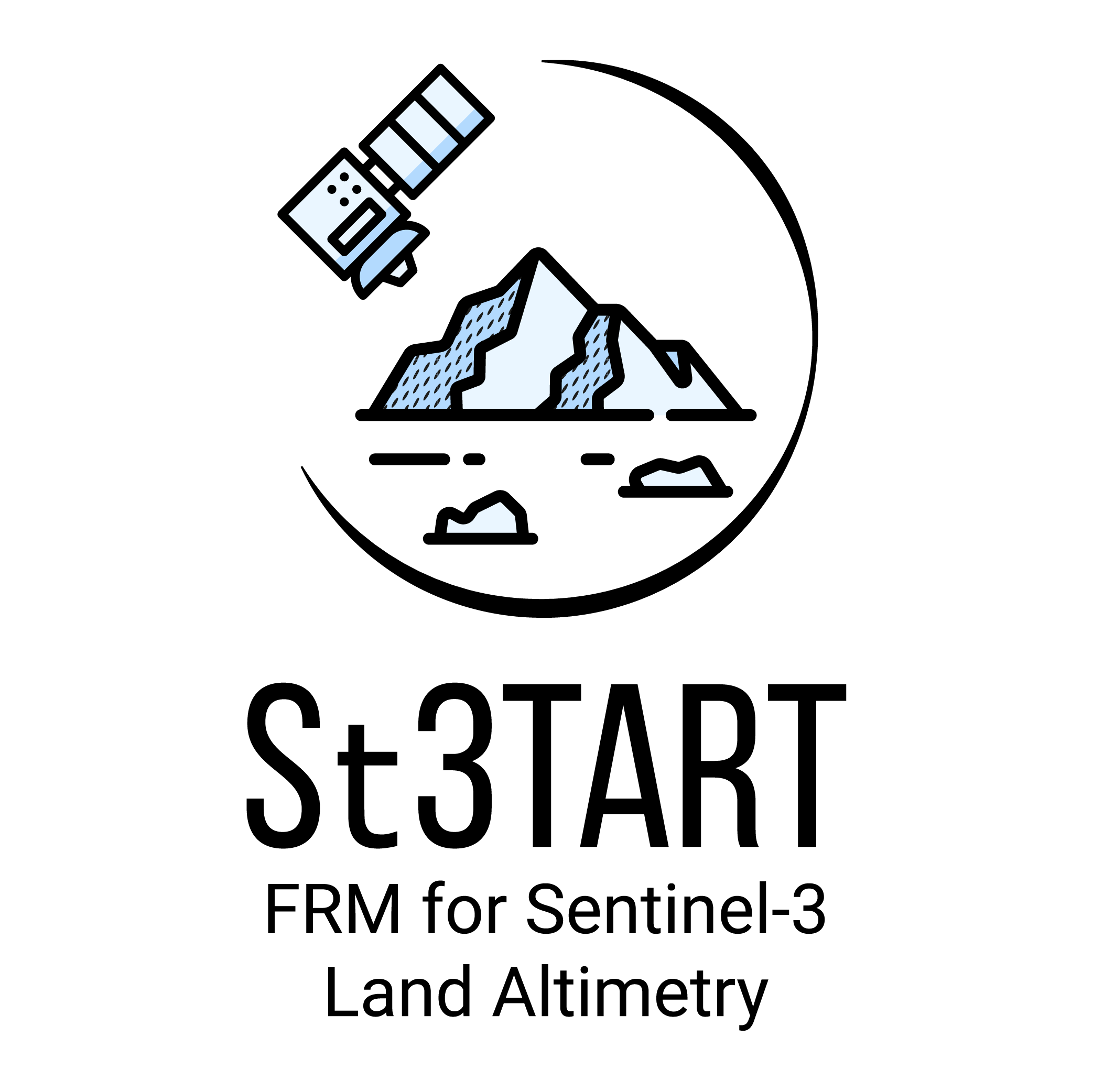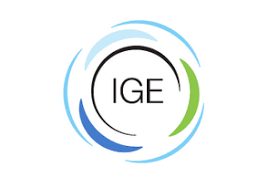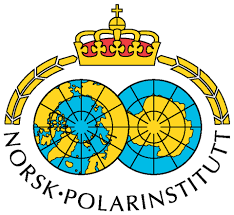
Sentinel-3 FRM for Land ice
Over glaciers and ice sheets, satellite altimetry is mainly used for two purposes:
- To serve as absolute reference elevations of the snow/ice surface for deriving digital elevation models (DEMs) or for accurately correcting positioning biases in DEMs from other sources;
- To repeatedly measure surface elevation so precisely that ice thickness changes can be detected and mapped in space and time.
These two main applications put different demands on the satellite data. For the first purpose, a widespread coverage of data is needed over a relatively short amount of time, so that the snow/ice surface has not changed in the meantime. For the second purpose, precise repetition of ground-tracks (or frequent crossovers) might be as important as the elevation accuracy itself.
In the St3TART-FO project, the Land Ice team will focus on implementing and operating two opportunity sites: the first one dedicated to the temporal dimensions and the second to the spatial dimensions.
The first site will be located in Antarctica. Two fixed stations will be deployed and aim to record continuous timeseries of FRM measurands at two cross-over points on the ice sheet.
The second site is situated in Austfonna, Svalbard, and aims to acquire FRM measurands along transects during three dedicated campaigns.












